The Beer Cans Market is currently characterized by a dynamic competitive landscape, driven by factors such as sustainability, innovation, and evolving consumer preferences. Major players like Anheuser-Busch InBev (Belgium), Molson Coors Beverage Company (United States), and Heineken N.V. (Netherlands) are actively shaping the market through strategic initiatives. Anheuser-Busch InBev (Belgium) focuses on expanding its product portfolio with a strong emphasis on craft beers and eco-friendly packaging solutions, while Molson Coors Beverage Company (United States) is enhancing its digital marketing strategies to engage younger consumers. Heineken N.V. (Netherlands) is also investing in sustainable practices, particularly in its can production processes, which collectively influence the competitive environment by pushing other players to adopt similar strategies.
In terms of business tactics, companies are increasingly localizing manufacturing to reduce costs and enhance supply chain efficiency. The Beer Cans Market appears moderately fragmented, with a mix of large multinational corporations and smaller craft breweries. This structure allows for a diverse range of products, but the collective influence of key players like Anheuser-Busch InBev (Belgium) and Molson Coors Beverage Company (United States) tends to dominate market trends and consumer choices.
In August 2025, Anheuser-Busch InBev (Belgium) announced a partnership with a leading technology firm to develop AI-driven analytics for optimizing its supply chain. This strategic move is likely to enhance operational efficiency and reduce costs, positioning the company to respond more swiftly to market demands. Such innovations may also set a precedent for other players in the industry, emphasizing the importance of technology in maintaining competitive advantage.
In September 2025, Molson Coors Beverage Company (United States) launched a new line of aluminum cans made from 100% recycled materials. This initiative not only aligns with the growing consumer demand for sustainable products but also reinforces the company's commitment to environmental responsibility. By prioritizing sustainability, Molson Coors Beverage Company (United States) is likely to attract environmentally conscious consumers, thereby enhancing its market share.
In October 2025, Heineken N.V. (Netherlands) unveiled a new marketing campaign aimed at promoting its eco-friendly packaging solutions. This campaign is expected to resonate with consumers who prioritize sustainability, further solidifying Heineken's position as a leader in responsible brewing practices. The emphasis on eco-friendly initiatives may compel competitors to enhance their sustainability efforts, thereby reshaping the competitive landscape.
As of October 2025, the Beer Cans Market is witnessing a shift towards digitalization and sustainability, with companies increasingly leveraging technology to enhance their operations. Strategic alliances are becoming more prevalent, as firms recognize the need to collaborate in order to innovate and meet consumer demands. Looking ahead, competitive differentiation is likely to evolve from traditional price-based competition to a focus on innovation, technology integration, and supply chain reliability, as companies strive to meet the expectations of a more discerning consumer base.


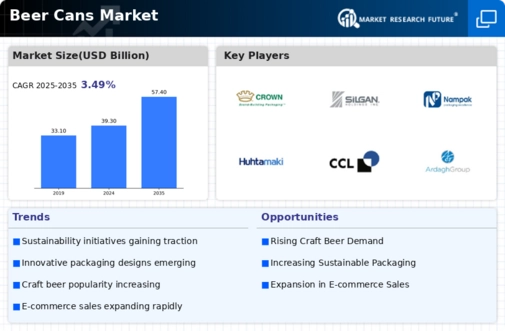
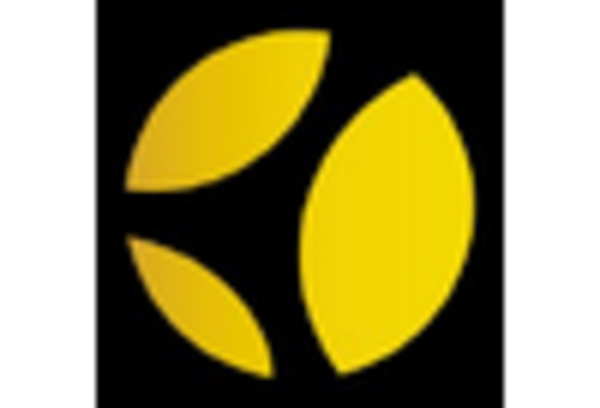
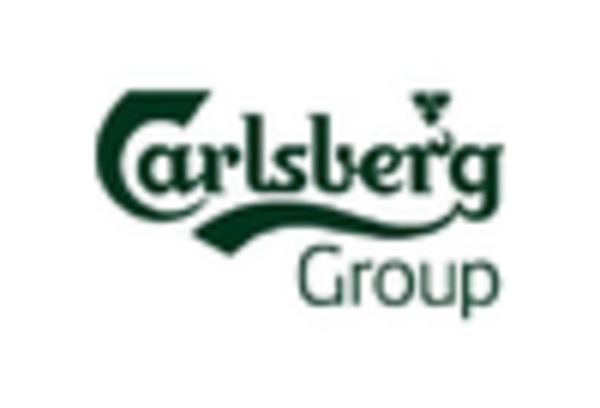
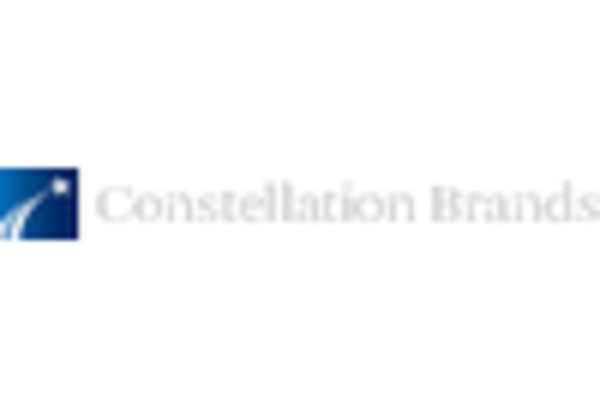

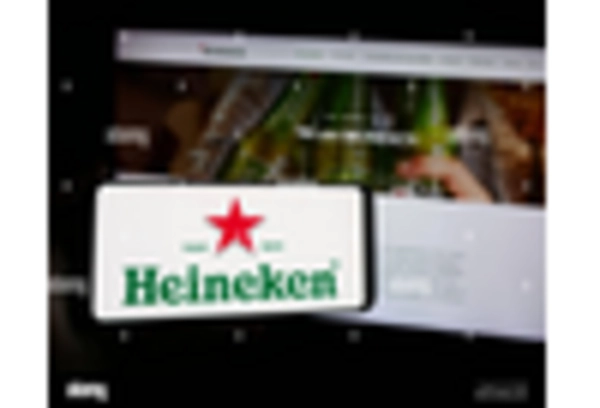
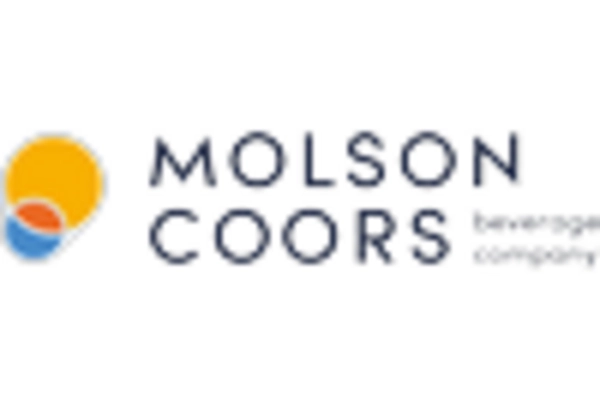








Leave a Comment